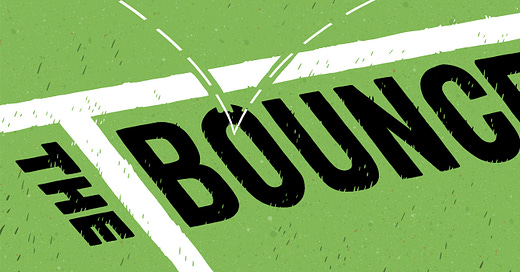Santner is 13 under par after six rounds…
...and if that doesn’t make you sick then you’re a better person than me
Since debuting for his country six years ago, Mitchell Santner has established himself as one of the finest white-ball bowlers in the sport, capable of tying down the best batter’s in the game while picking up wickets at a rate of more than one per T20I.
The 29 year old will play a key role for Kane Williamson’s Black Caps in their T20 World Cup campaig…
Keep reading with a 7-day free trial
Subscribe to The Bounce to keep reading this post and get 7 days of free access to the full post archives.




